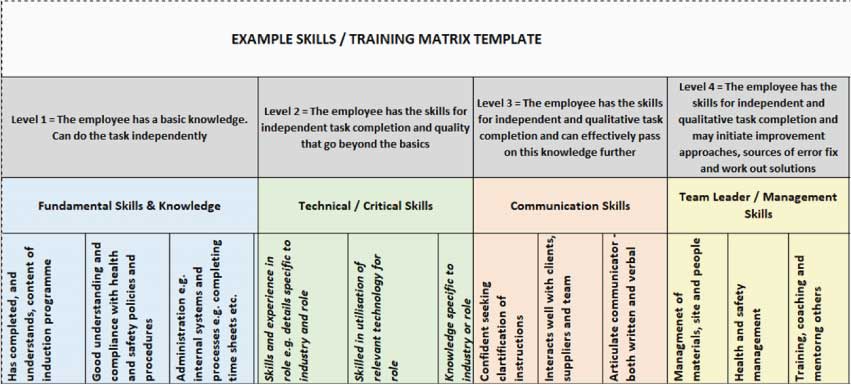
How to reward and recognise employee performance

How to reward and recognise employee performance
Contents
- Inspire employee motivation with annual performance reviews
- Universal common factors in setting you and your staff up for success through performance appraisals are
- The three most important things you should include in a Performance Review
- Are there any tools that can help with employee performance reviews?
- That’s just a small snapshot of what the People Management Toolkit can do…
Inspire employee motivation with annual performance reviews
Everyone likes to feel valued, and that their work is recognised – and that’s why employee performance reviews are so important. To this end, each person in your team should be very clear about his or her individual performance goals, so they know what’s expected of them.
Regular communication during the year should reduce or eliminate misunderstandings on expectations. Rewarding employees is key to their future motivation, engagement and performance. Most people try hard to achieve. How you go about evaluating employee performance will have a major impact on how engaged in your business employees will be for the remainder of the year – often to a greater degree than any monetary reward.
Universal common factors in setting you and your staff up for success through performance appraisals are
:
- People you employee need to feel valued, which means you must focus on the positives.
- Communication must be crystal clear on what measures the achievement.
- Where improvement is required, feedback must be positive and constructive.
The Performance Review is the time to celebrate successes, evaluate blocks & obstacles encountered and build training programmes to elevate future successes to a new level.
Your employees should know exactly what to expect from you in terms of the employment review process. They will have a view on how much progress they made toward their goal and will need the opportunity to express this.
The three most important things you should include in a Performance Review
- Achievements for the employee during the year need to be discussed and credit given for all achievements. Always start with positives and remember your employee may be feeling anxious. Positive feedback at the outset will help relax him or her.
- Areas where full achievement was not reached but progress was made – review any restricting factors or blocks that the employee encountered. It is your job as the business owner to remove all roadblocks hindering success. Sometimes constructive feedback may be required in terms of results but often additional support is also required for the employee.
- Future training and development plans. All employees must have a training and development plan resultant from the Performance Review.
A lot of an employee’s performance relies on you or Managers in your business performing their jobs well in providing resources and removing road blocks.
It is important you are open to all aspects of performance hindrance and look for positive solutions. The most common reason behind lack of performance tends to be lack of training or confidence.
Moving forward from the conducting of the Performance Review itself, remember the goal is to have a working plan for the year ahead that both you and your employee are engaged in and committed to.
Writing clear and specific goals with defined outcomes is your goal, inclusive of improvement in areas where performance was less than expected plus a training and development programme to overcome any confidence or skill based restrictions on performance.
The Employee that you invest time and training in will be the employee who stays with your business and adds increasing value year after year. Performance Reviews when conducted with a positive spirit and an open mind will result in engaged employees who know where their immediate and long term focus lies – and that you value them as part of your business vision for the future.
Are there any tools that can help with employee performance reviews?
One of the major challenges around employee performance reviews is that it’s all too easy to forget about them, or keep pushing them out, because there’s something more urgent going on in your business.
However, if you keep postponing, your staff are likely to feel that they’re not valued, and over time their performance could slide – or they may seek employment elsewhere. So getting performance (and pay) reviews completed on time is critical.

- Annual performance reviews
- Employee self reviews
- Manager reviews
- End of year scoring
- Goal setting
- KPIs
- Action plans.
Tasks can be automated and delegated, with reminders set for HR, managers, and employees, so that the reviews are timely. Plus built-in reporting tools let you check on the completion rate of your employee performance reviews. What’s more, you can run departmental and organisational rating reports, giving you solid data for decision making like never before.
That’s just a small snapshot of what the People Management Toolkit can do…
The People Management Toolkit can also help you with staff training records, learning management, skills matrix development, managing 90-day trials, employee pulse checks, and more.
Next step
If you need hands-on help with employee performance reviews – or would like a software demo – please book a time with us to meet online to see how we can help you.







